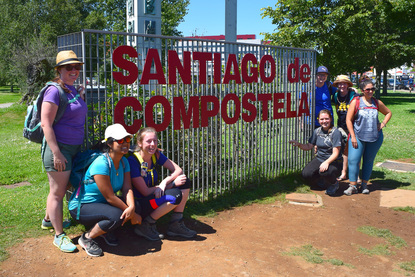
During the final stretch, a few of our members went ahead of the group to find a place to meet up. On the way, we passed by the airport fence, which was littered with hundreds of wooden crosses. The sheer mass of humanity that passes by on the Camino affected us all.
We met up at small church and waited for the group to walk into Santiago together. After a couple of group photos next to a modern Camino sculpture, we began our final few kilometers into the city.
The Camino de Santiago, as stated in our blogs before hand, is a pilgrimage, a walk from one area to the Compostela. Such a simple and natural concept: walking. However, the pondering, struggling, and discovery in the trek are what make the ending so sweet. Upon arrival at the Compostela, when you hear the bagpipes playing and emerge from the tunnel, a sensation of victory soaks your soul. Everyone’s story of travel maybe different, but when you reach the main plaza, your triumph stands as one.
| | Our own completion was very moving. We limped and groaned into the city, keeping together as a group. As we moved through the tunnel, past the bagpipes, hands were clasped and raised into the air. Turning the corner out of the tunnel, the cathedral came into view, and was greeted with whoops of laughter and sighs of relief. The callings of other successful pilgrims cheer a weary heart. People are everywhere, taking pictures, hugging, celebrating the long journey’s end. It didn’t matter where they started from, what their situation was. Only that they had finished, and finished in glorious success. We had made it too. Our Camino was complete, and we did together. |
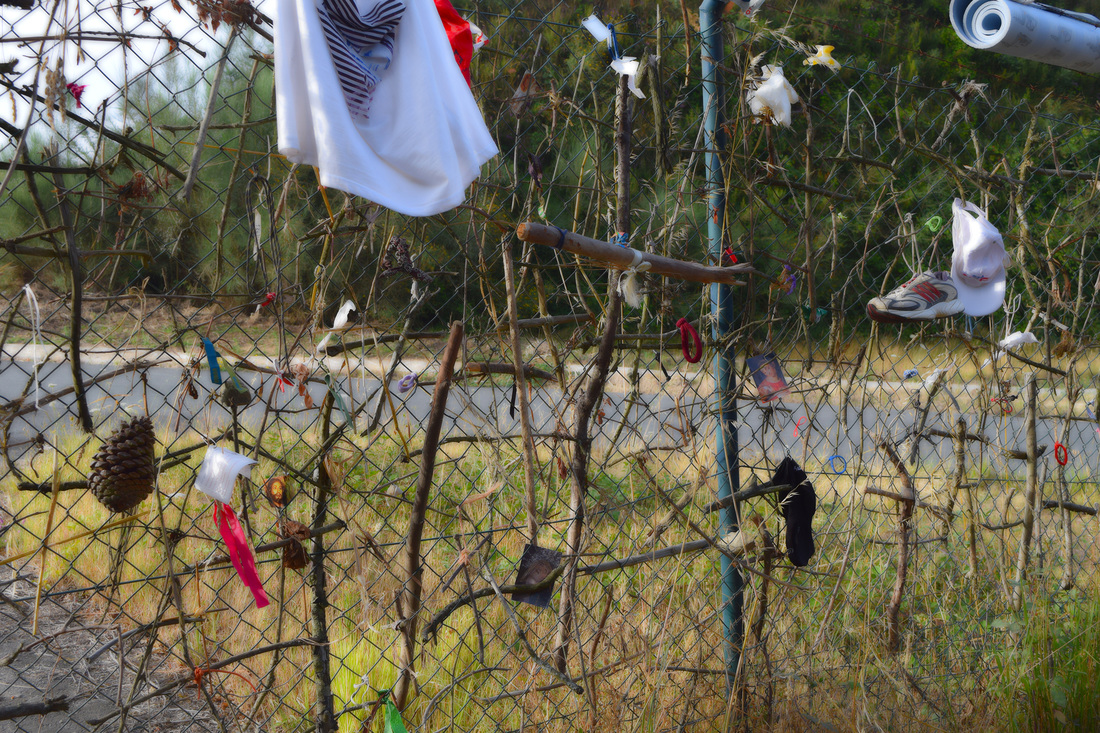
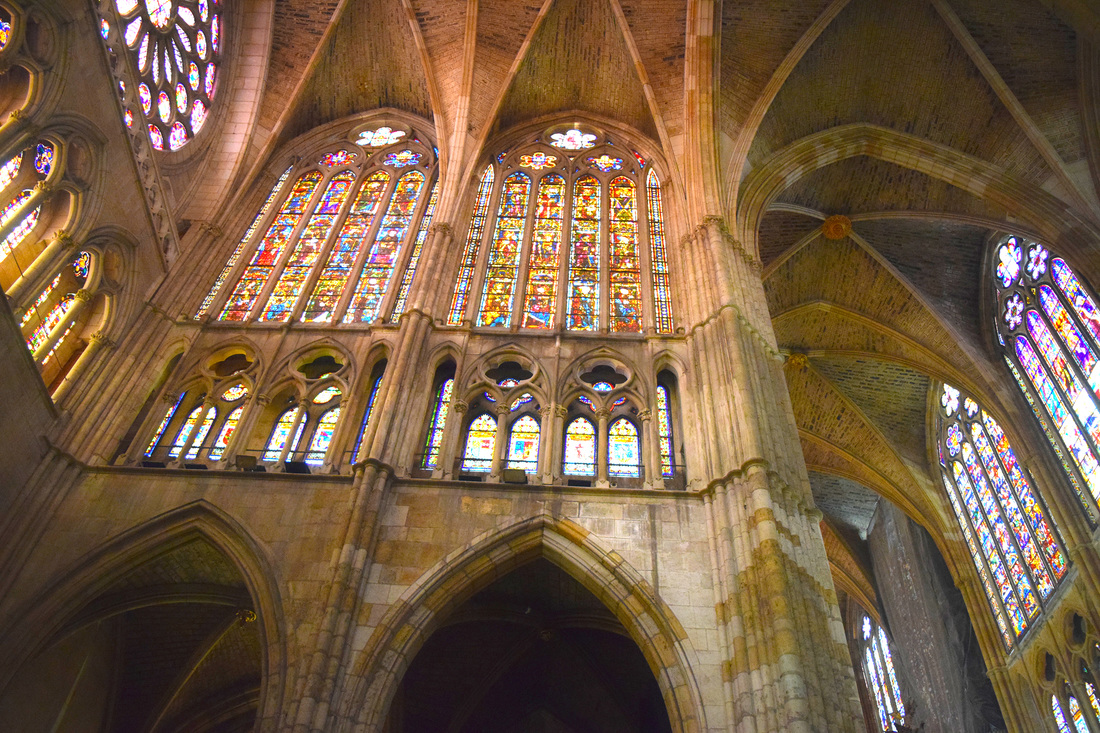
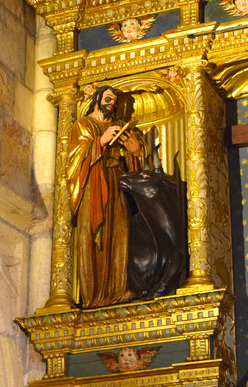
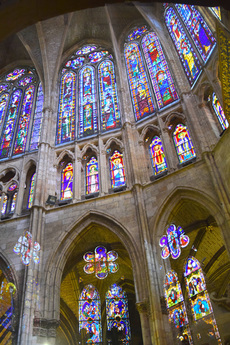
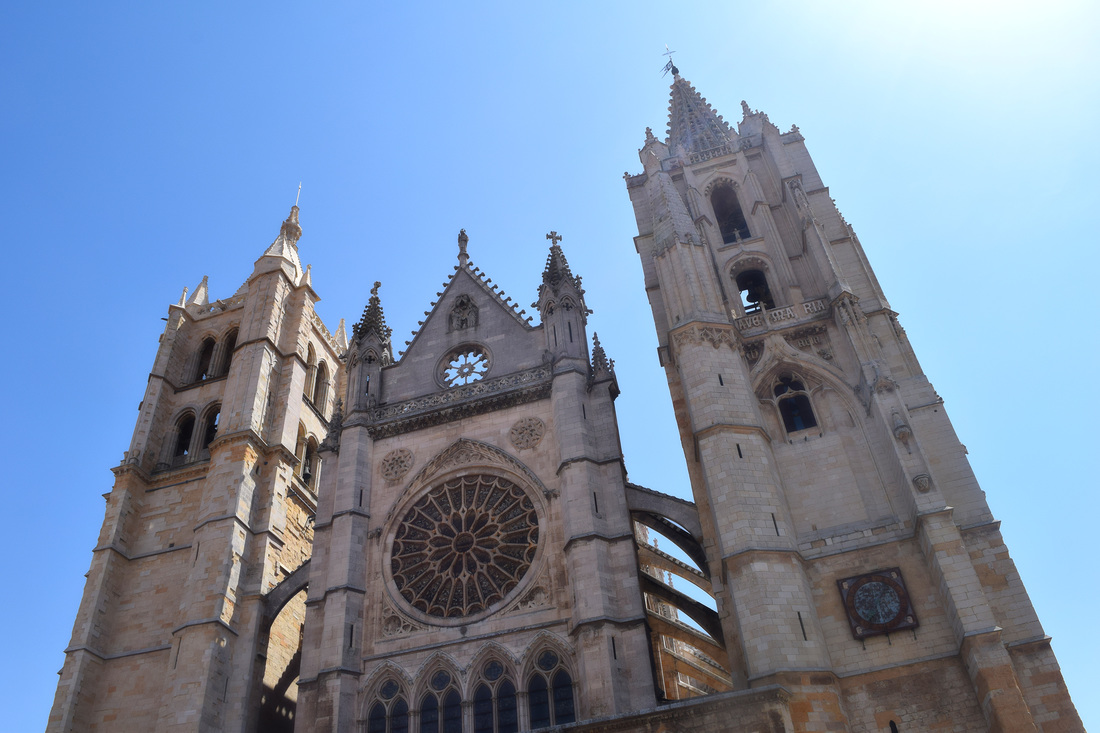
 RSS Feed
RSS Feed
